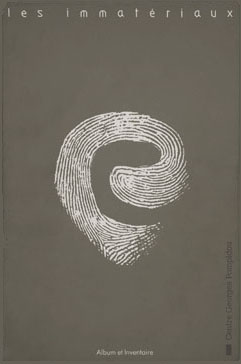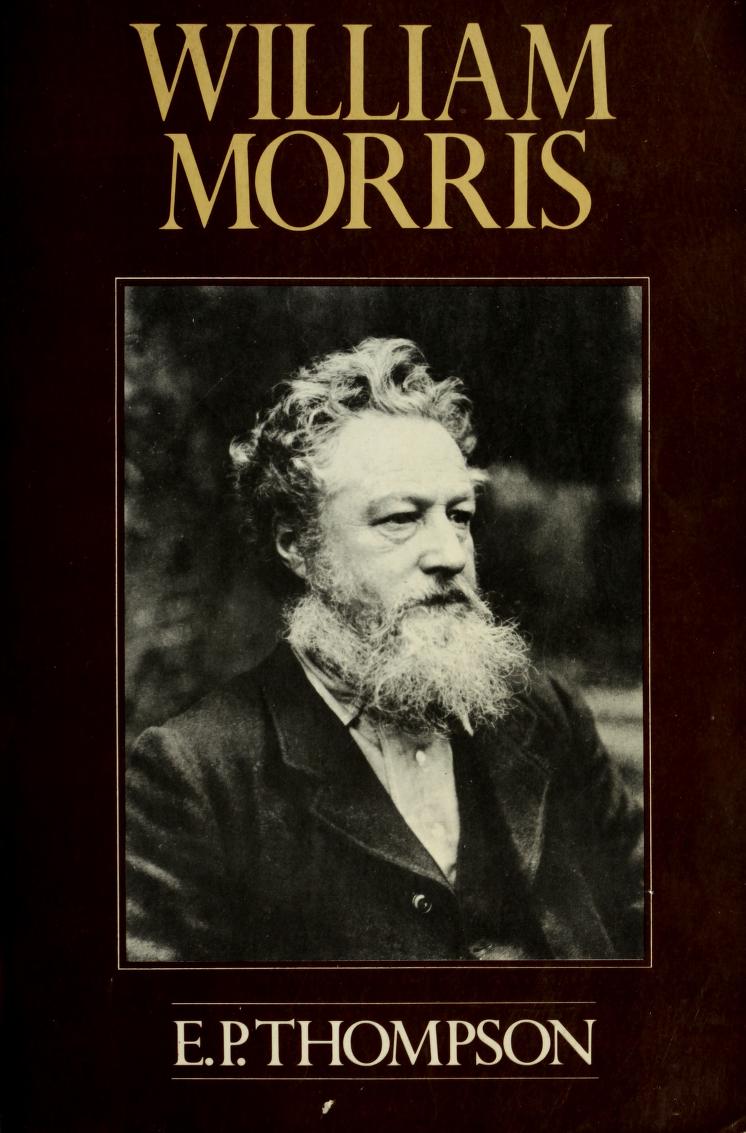Les Immatériaux: Épreuves d’écriture & Album et Inventaire (1985) [French]
Filed under catalogue | Tags: · architecture, art, cinema, code, computer art, design, industrial design, installation art, kinetic art, language, machine, painting, photography, robotics, sculpture, simulation, writing

“Les Immatériaux was a landmark exhibition co-curated in 1985 for the Centre Georges Pompidou in Paris by philosopher Jean-François Lyotard and design historian and theorist Thierry Chaput, attracting more than 200,000 visitors during the 15 weeks of its duration.
The exhibition brought together a striking variety of objects, ranging from the latest industrial robots and personal computers, to holograms, interactive sound installations, and 3D cinema, along with paintings, photographs and sculptures (the latter ranging from an Ancient Egyptian low-relief to works by Dan Graham, Joseph Kosuth and Giovanni Anselmo). The Centre de Création Industrielle (CCI) – the more ‘sociological’ entity devoted to architecture and design within the Centre Pompidou, which initiated Les Immatériaux – had been planning an exhibition on new industrial materials since at least 1982. Variously titled Création et matériaux nouveaux, Matériau et création, Matériaux nouveaux et création, and, in its last form, La Matière dans tous ses états, this exhibition, first scheduled to take place in 1984, already contained many of the innovative features that found their way into Les Immatériaux.
These features included an emphasis on language as matter, the immateriality of advanced technological materials (from textiles to plastics and holography), exhibits devoted to recent technological developments in food, architecture, music and video, and an experimental catalogue produced using computers. The earlier versions of the exhibition also involved many of the future protagonists of Les Immatériaux, such as Jean-Louis Boissier (among several other faculty members of Université Paris VIII, where Lyotard was teaching at the time) and Eve Ritscher (a London-based consultant on holography). Furthermore, Les Immatériaux benefited from projects pursued concurrently by other groups within the Pompidou which joined Lyotard’s and Chaput’s project when it was discovered that their themes overlapped. Thus, an exhibition project on music videos initiated by the Musée national d’art moderne and a project on electro-acoustic music developed by IRCAM (Institut de Recherche et de Coordination Acoustique/Musique) were incorporated into it.” (from a study by Anthony Hudek, 2009, edited)
Volume 1 contains an experimental glossary of 50 terms with contributions by twenty-six authors, writers, scientists, artists and philosophers including Nanni Balestrini, Michel Butor, François Châtelet, Jacques Derrida, Bruno Latour and Isabelle Stengers. Volume 2 reproduces the works exhibited.
Publisher Centre Georges Pompidou, Paris, March 1985
ISBN 2858502994 (I), 2858503001 (II)
263 (I) and 142 (nonpaginated A4) pages (II)
Épreuves d’écriture (Volume 1, 11 MB, added on 2014-7-30 via Norkhat)
Album et Inventaire (Volume 2, 103 MB, via Arts des nouveaux médias blog of Jean-Louis Boissier)
See also other documents and literature about the exhibition (Monoskop wiki).
Matthew Wisnioski: Engineers for Change: Competing Visions of Technology in 1960s America (2012)
Filed under book | Tags: · 1960s, 1970s, activism, computing, education, engineering, history of computing, history of technology, labour, luddism, military, science, space, technology

“In the late 1960s an eclectic group of engineers joined the antiwar and civil rights activists of the time in agitating for change. The engineers were fighting to remake their profession, challenging their fellow engineers to embrace a more humane vision of technology. In Engineers for Change, Matthew Wisnioski offers an account of this conflict within engineering, linking it to deep-seated assumptions about technology and American life.
The postwar period in America saw a near-utopian belief in technology’s beneficence. Beginning in the mid-1960s, however, society—influenced by the antitechnology writings of such thinkers as Jacques Ellul and Lewis Mumford—began to view technology in a more negative light. Engineers themselves were seen as conformist organization men propping up the military-industrial complex. A dissident minority of engineers offered critiques of their profession that appropriated concepts from technology’s critics. These dissidents were criticized in turn by conservatives who regarded them as countercultural Luddites. And yet, as Wisnioski shows, the radical minority spurred the professional elite to promote a new understanding of technology as a rapidly accelerating force that our institutions are ill-equipped to handle. The negative consequences of technology spring from its very nature—and not from engineering’s failures. “Sociotechnologists” were recruited to help society adjust to its technology. Wisnioski argues that in responding to the challenges posed by critics within their profession, engineers in the 1960s helped shape our dominant contemporary understanding of technological change as the driver of history.”
Publisher MIT Press, 2012
ISBN 0262018268, 9780262018265
296 pages
via a2
Interview with the author (Carla Nappi, New Books in Science, Technology, and Society, audio, 1h)
Review (Caroll Pursell, The American Historical Review, 2014)
Review (Kevin T. Baker, The Sixties, 2013)
Review (Stephen H. Unger, 2013)
E. P. Thompson: William Morris: Romantic to Revolutionary, rev. ed. (1955/1977)
Filed under book | Tags: · 1800s, art, art history, biography, craft, design, marxism, politics, socialism, united kingdom

This biographical study is a window into 19th-century British society and the life of William Morris—the great craftsman, architect, designer, poet, and writer—who remains an influential figure to this day. This account chronicles how his concern with artistic and human values led him to cross what he called the “river of fire” and become a committed socialist—committed not only to the theory of socialism but also to the practice of it in the day-to-day struggle of working women and men in Victorian England. While both the British Labor Movement and the Marxists have venerated Morris, this legacy of his life proves that many of his ideas did not accord with the dominant reforming tendencies, providing a unique perspective on Morris scholarship.
First published by The Merlin Press, London, 1955
Publisher Pantheon Books, New York, 1977
ISBN 0394733207
829 pages
Review (Eli Zaretsky, Studies in Romanticism, 1977)
Review (Patrick Parrinder, Science Fiction Studies, 1980)
Thompson’s lecture on Morris to the Williams Morris Society (1959)
Publisher (new edition, 2011)
PDF (109 MB, no OCR)
See also Morris’ novel News from Nowhere (1890/93) in the Internet Archive.

